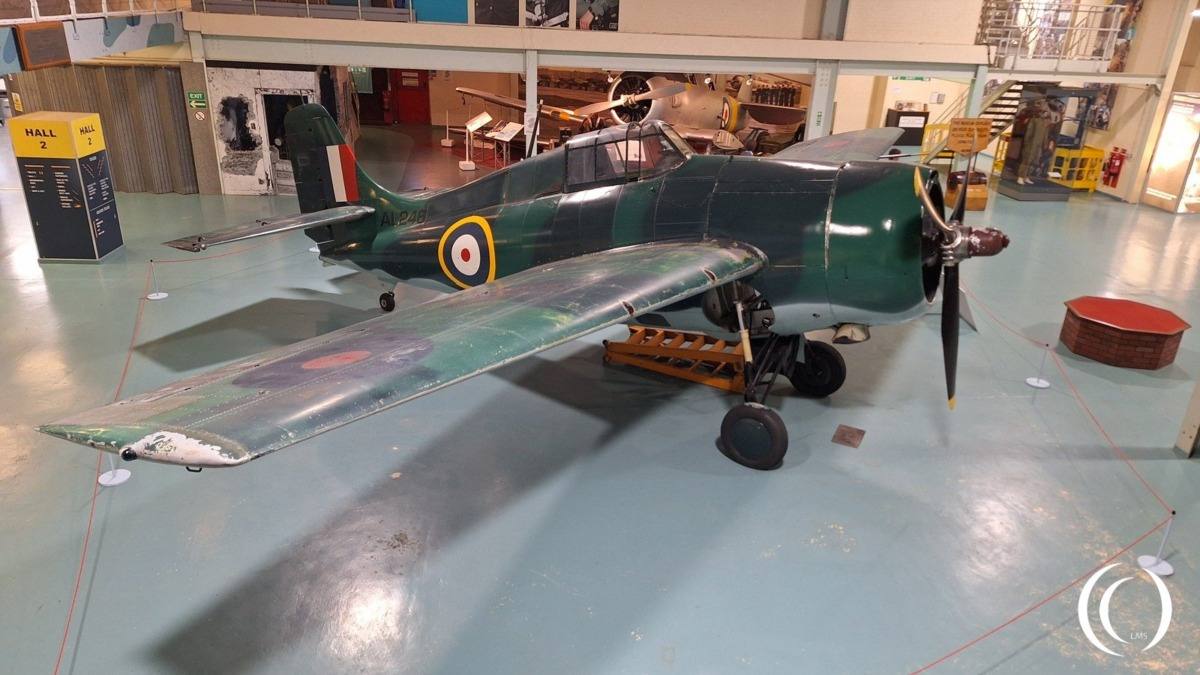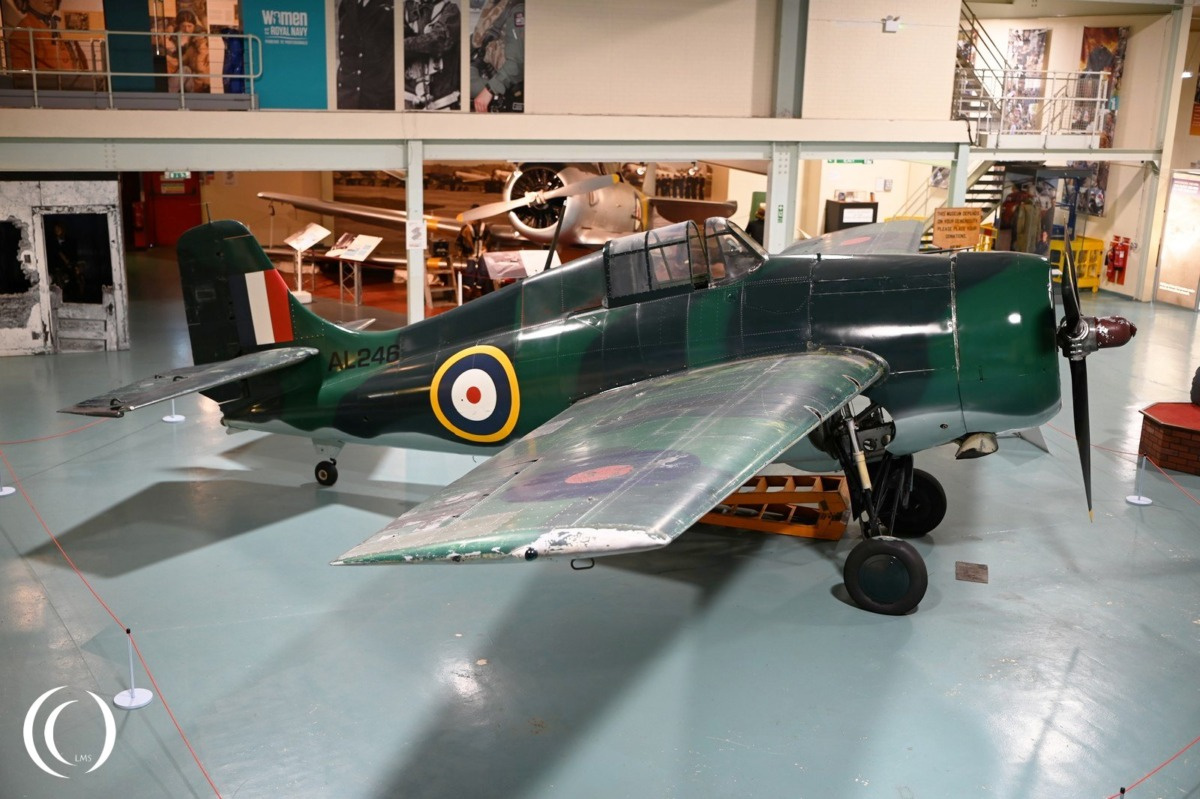
History of the F4F Wildcat
The Grumman F4F Wildcat was a carrier-based fighter aircraft used by the United States Navy and Marine Corps during the early years of World War II. It was the primary naval fighter at the outbreak of the war and played a crucial role in the defense of U.S. Pacific bases and in the early carrier battles against Japanese forces.
Developed in the late 1930s, the F4F was an evolution of Grumman’s earlier XF4F prototype. Its first flight was on 2 december 1937 and it was introduced in 1940. It was a rugged and reliable fighter, powered by a Pratt & Whitney R-1830 radial engine, capable of reaching speeds up to approximately 318 mph (512 km/h). The Wildcat featured a robust airframe, which provided good protection for the pilot and allowed the aircraft to sustain significant damage and still return safely.
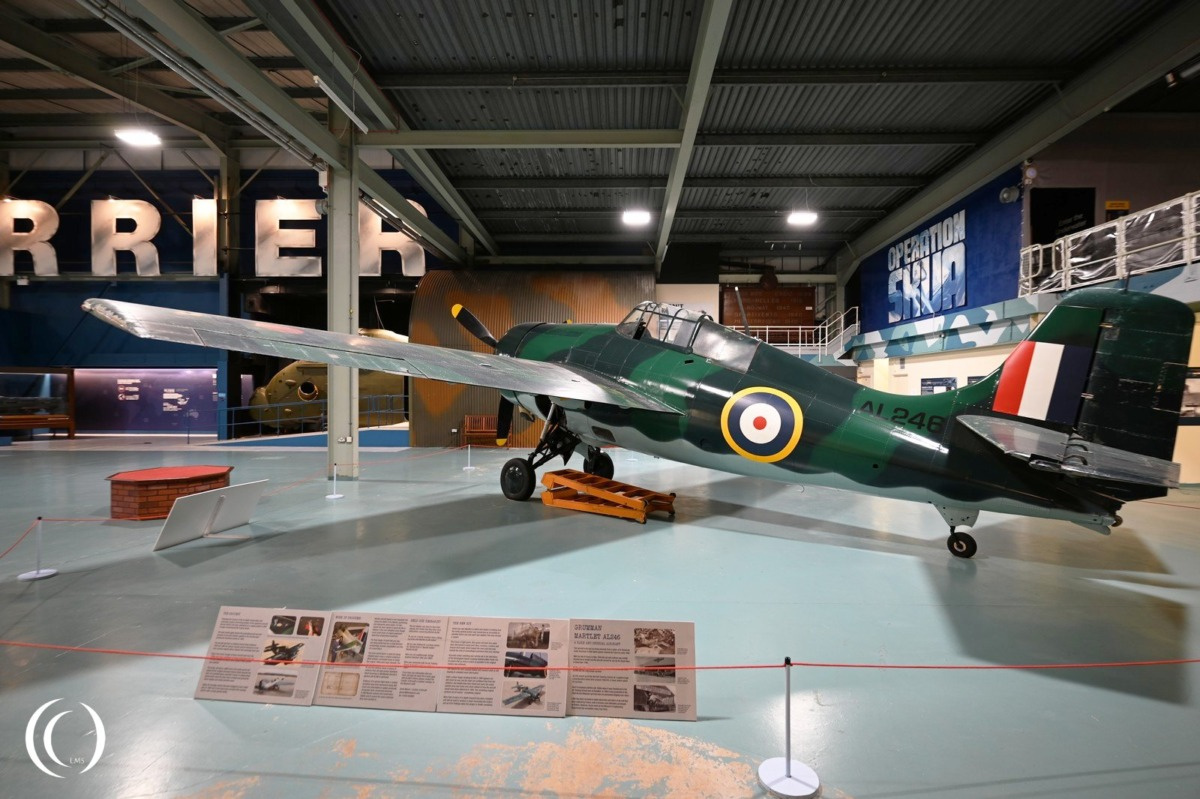
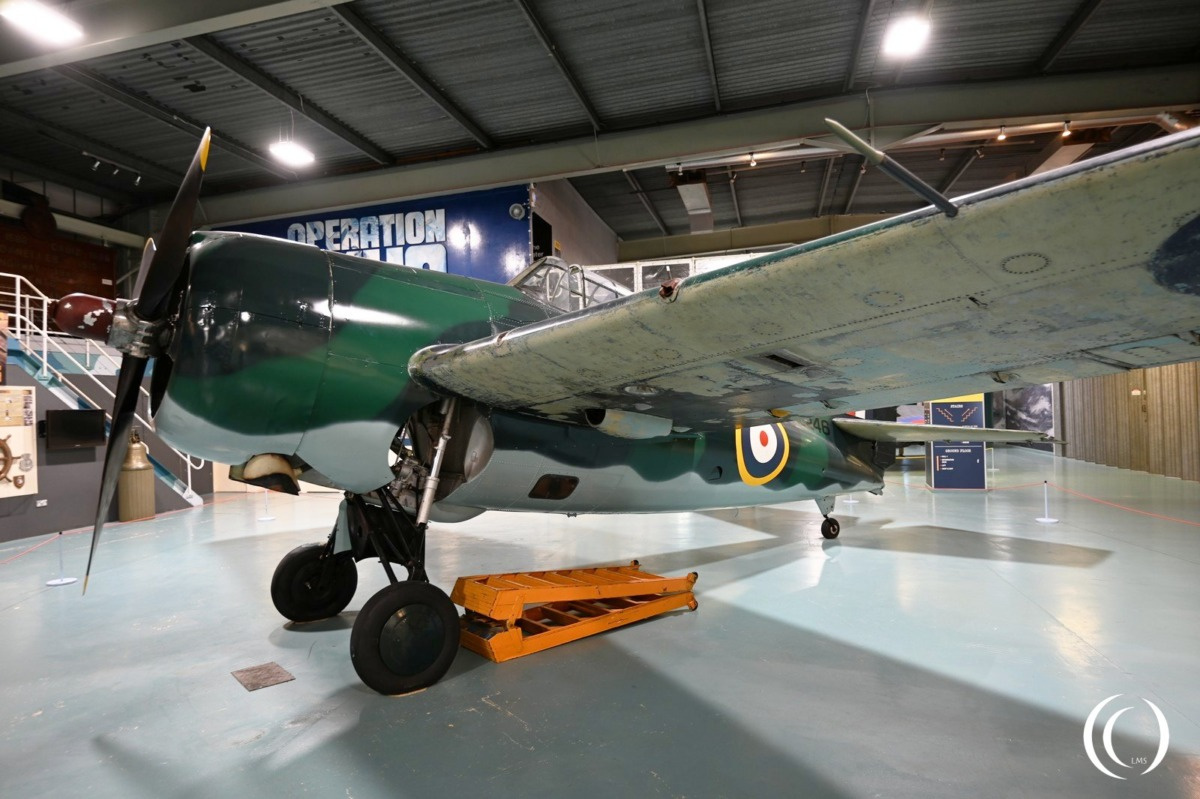
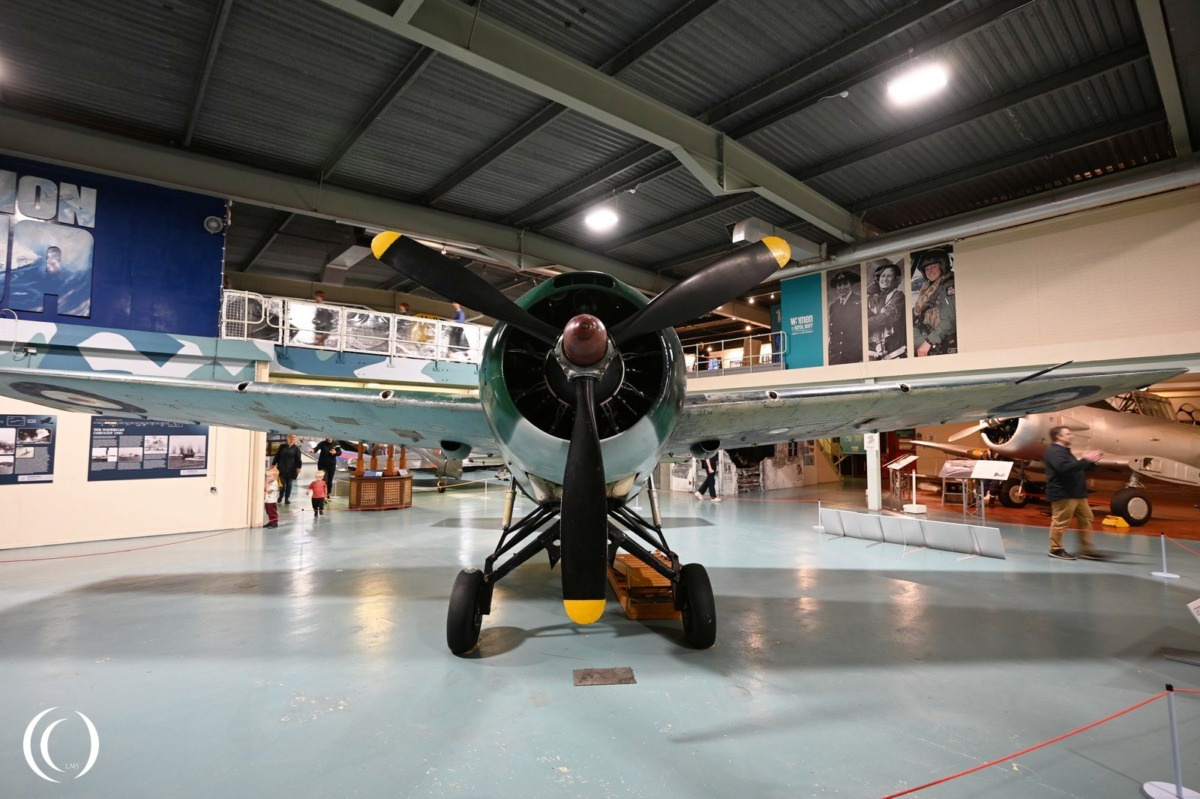
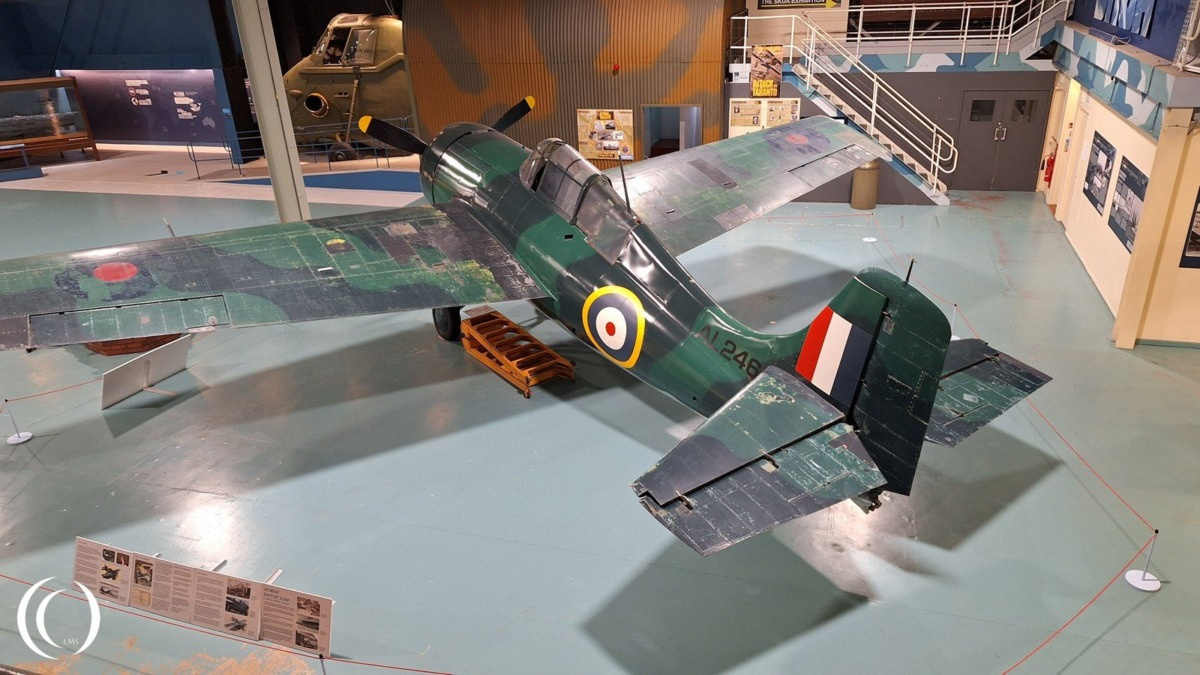
One of the notable design features of the F4F Wildcat was its folding wings, which enabled it to be stored efficiently aboard aircraft carriers. The aircraft was armed with four or six .50 caliber machine guns, providing effective firepower for air-to-air combat. While slower and less maneuverable than some Japanese fighters such as the Mitsubishi A6M Zero, the Wildcat’s durability and heavy armament allowed it to hold its own in combat.
The F4F saw extensive action during the early Pacific campaigns, including the Battle of Coral Sea and the Battle of Midway, where it provided vital air defense against Japanese air attacks. Pilots flying Wildcats demonstrated tactical ingenuity, using diving attacks and teamwork to counter the more agile enemy fighters. The Wildcat was also used by the British Royal Navy, where it was known as the Martlet.
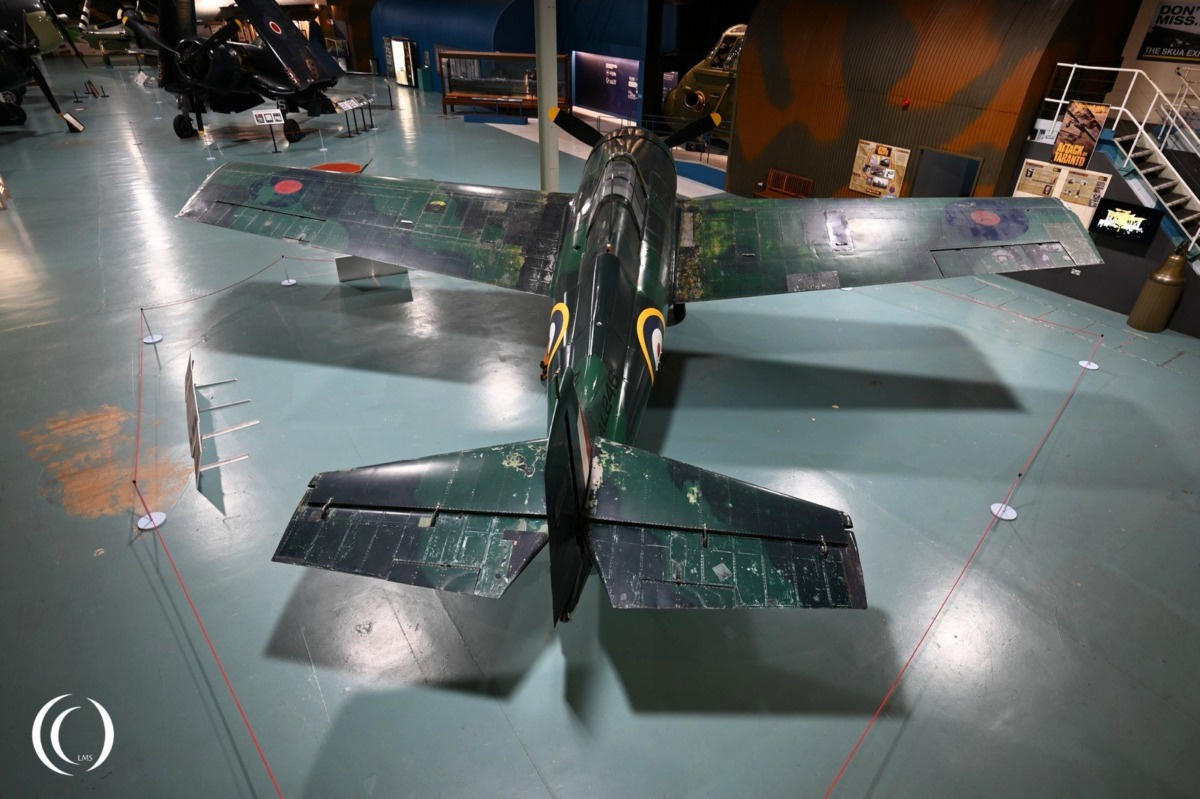
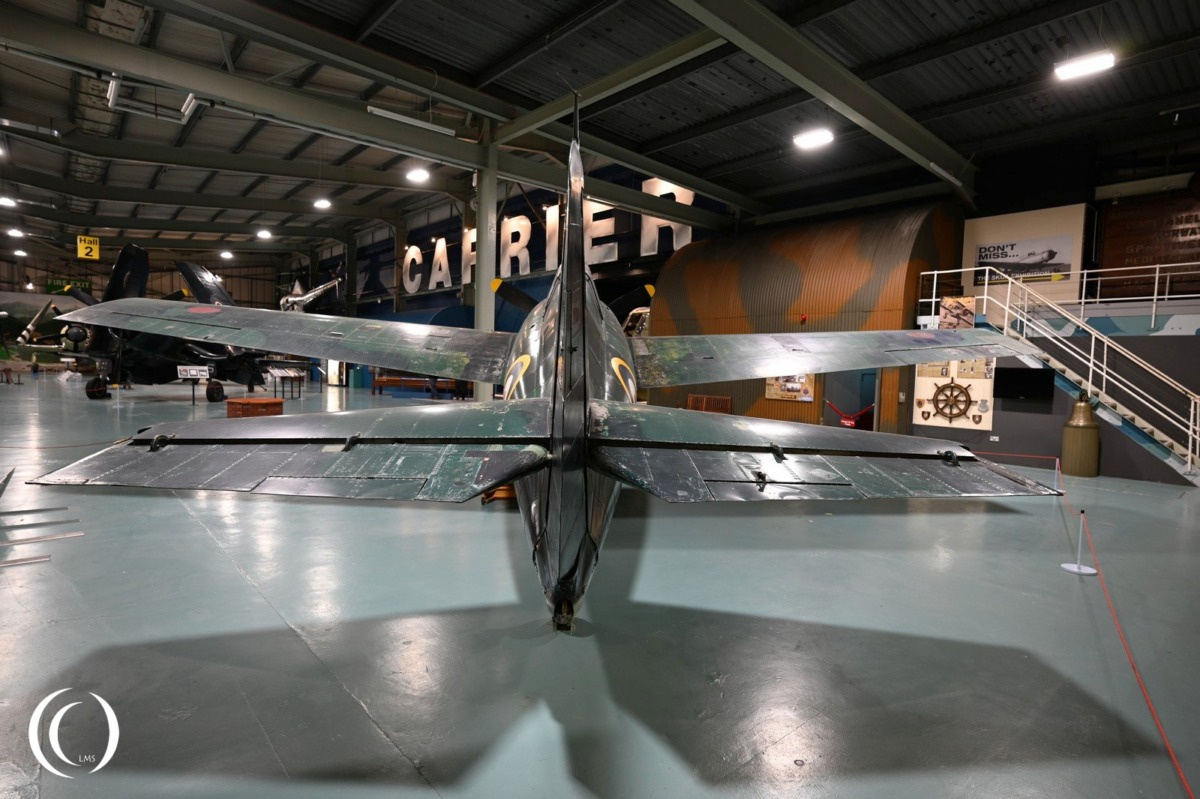
Despite being gradually replaced by the more advanced Grumman F6F Hellcat later in the war, the Wildcat remained in frontline service well into 1943 and beyond, especially in secondary theaters and on escort carriers. Its contribution during the critical early years of the war was invaluable in slowing Japanese advances and protecting Allied naval forces. In total, over 7,800 Wildcats of various versions were built.
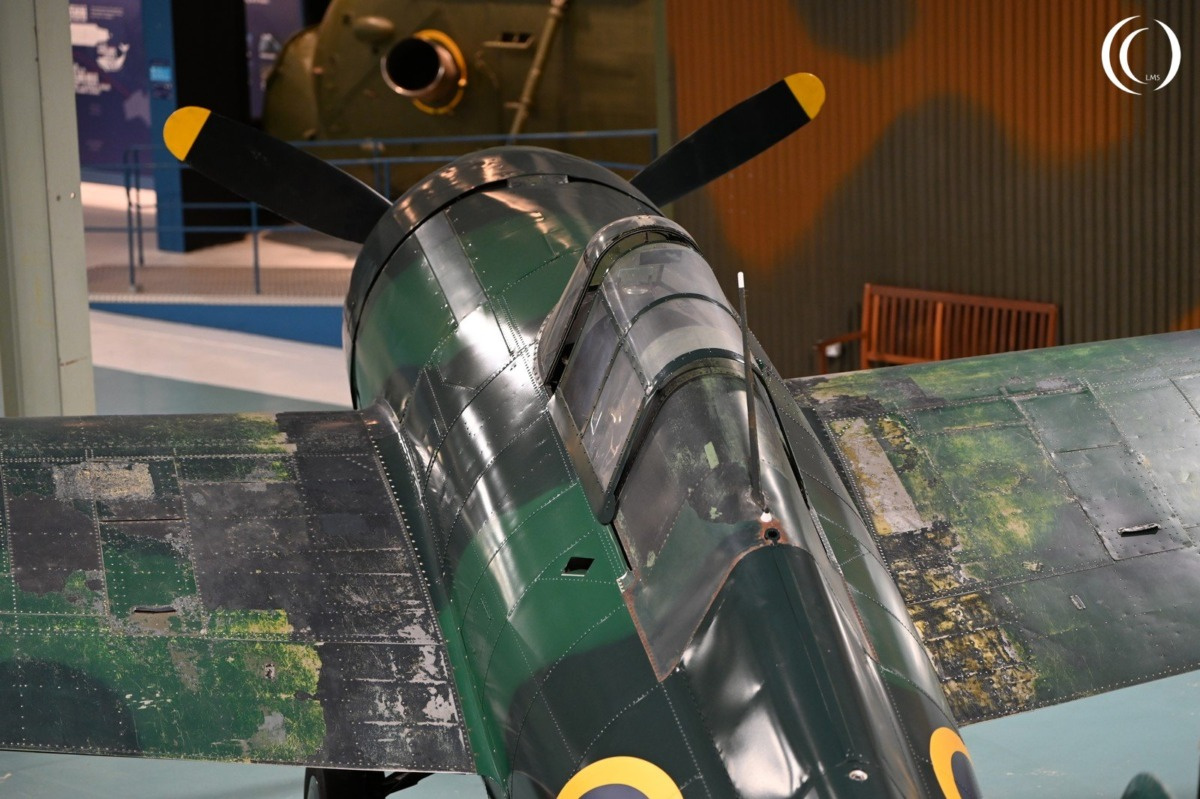
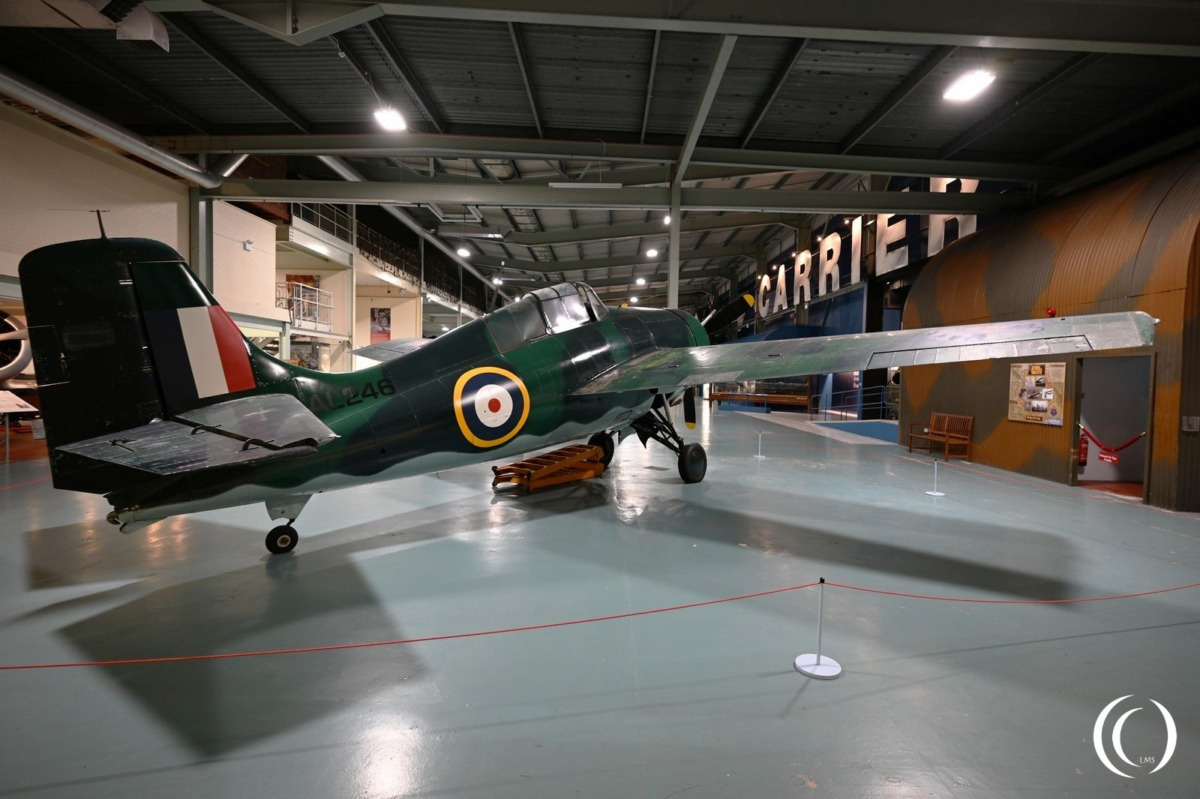
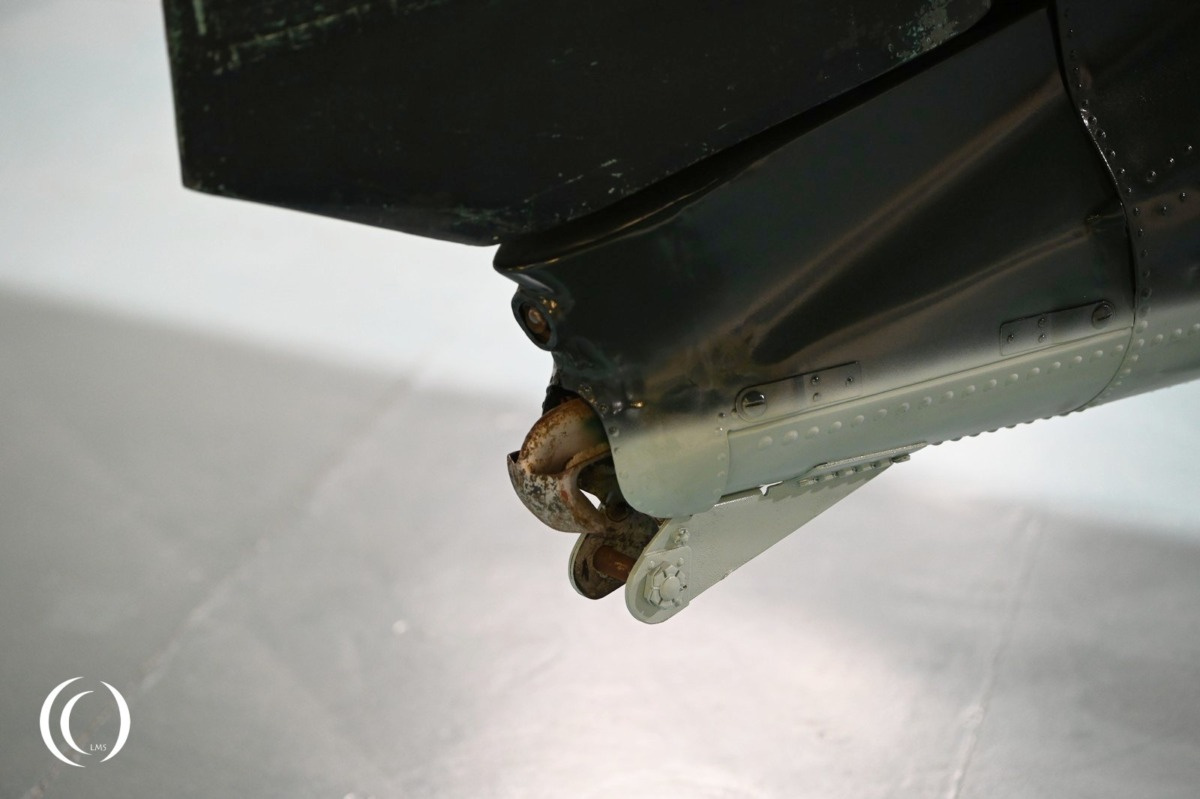
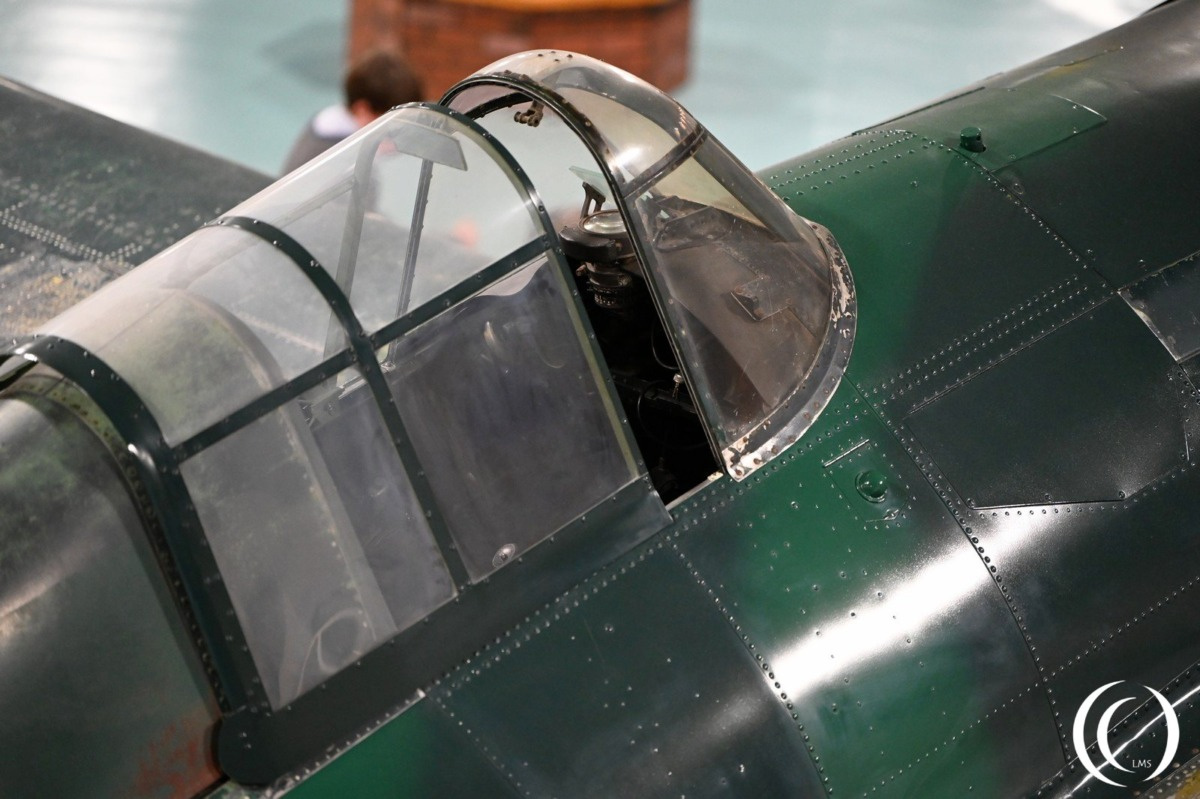
Specifications F4F-3
The Grumann F4F-3 Wildcat was powered by a Pratt & Whitney R-1830-76 14-cylinder air-cooled radial piston engine with 1200 hp giving the aircraft a maximum top speed of 331 mph (533 km/h) and a maximum range of 845 mi (1360 kilometers). It was 28 ft 9 in (8,76 M) long, had a wingspan of 38 ft (11,58 m), 11 ft 10 in (3,61 m) height and weighed 4,907 lb (2226 kg) empty. The Wildcat was piloted by one crewmember who controlled the aircraft.
The Wildcat was armed with four 0.50 in (12.7 mm) AN/M2 Browning machine guns with 450 rounds per gun and could carry two 100 lb (45 kg) bombs and two 58 US gallon (220 Liter) drop tanks.
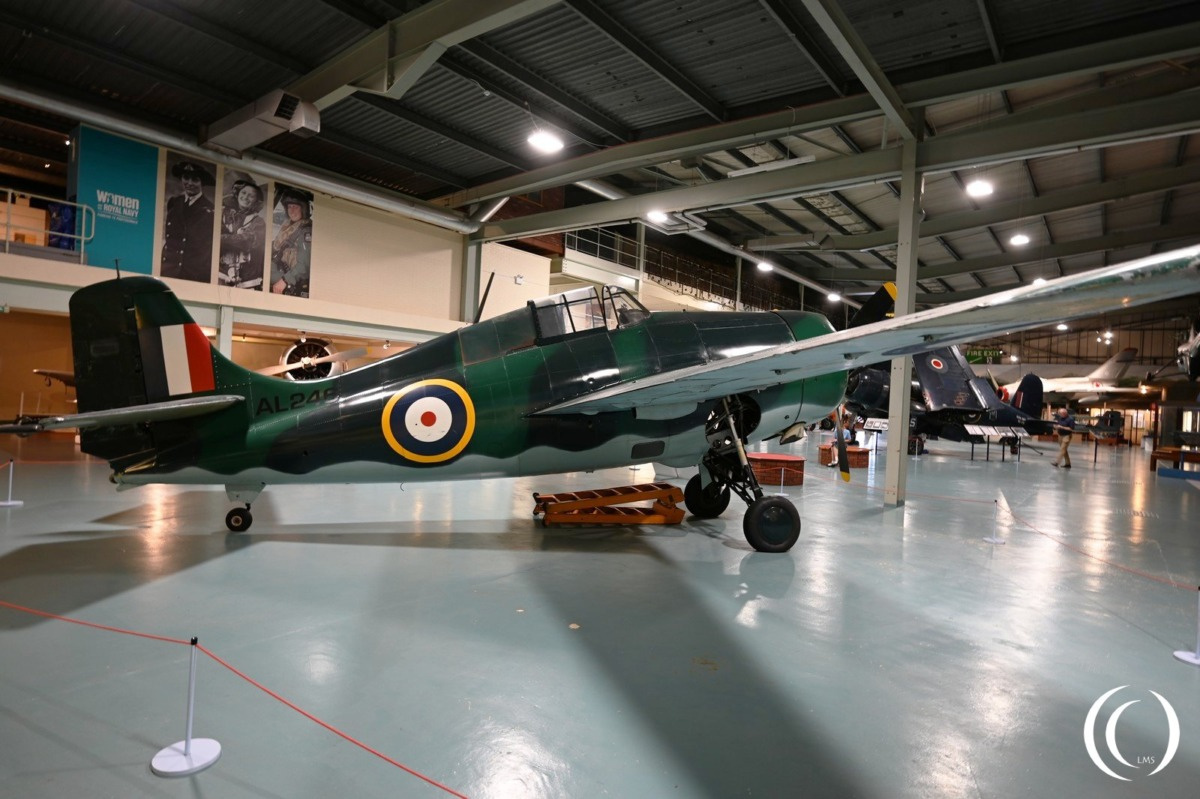
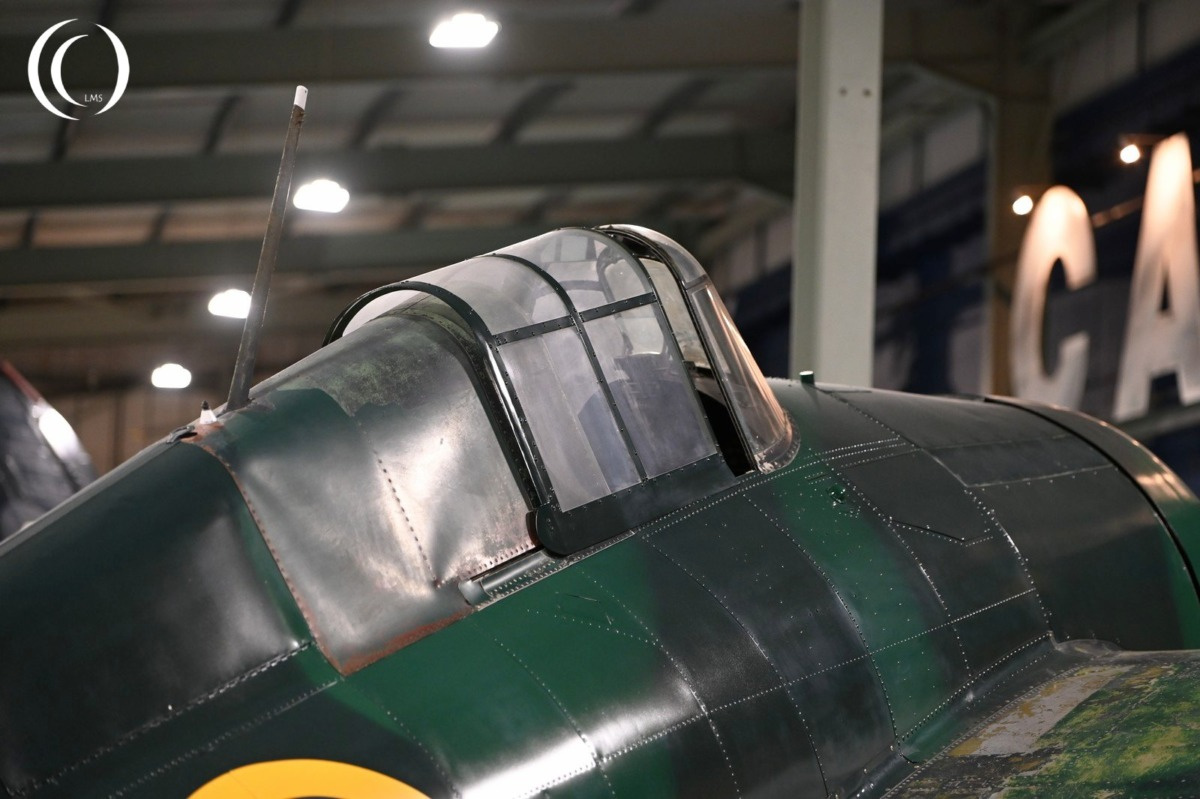
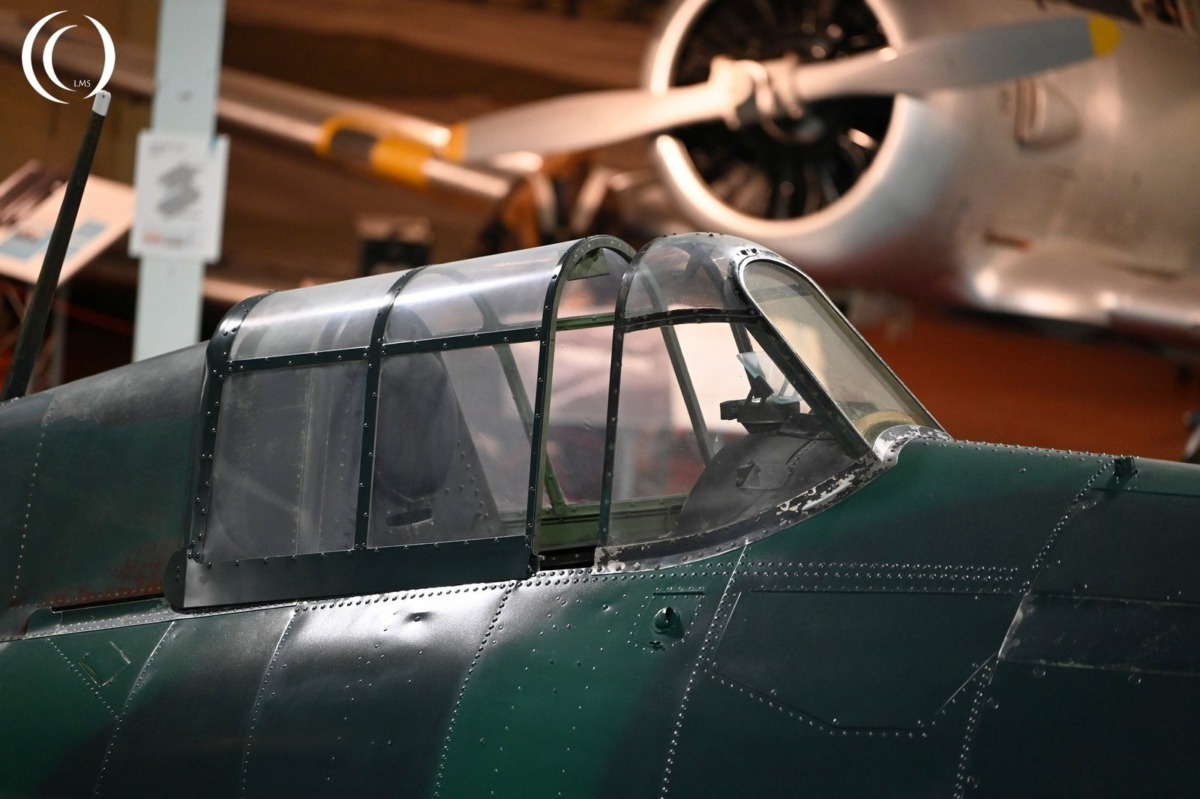
F4F-3 Grumman G-36A
In the photos is a Grumman F4F-3 Wildcat designated as G-36A by Grumman. The G-36A was ordered by France but after the fall of France ended up with the Royal British Navy, the Royal Navy’s Fleet Air Arm. The Wildcats entered service on 8 September 1940. The British Martlets were used in Scotland to defend the British coast and patrol the Atlantic Ocean. They were adjusted to British standards, after being adjusted by the French. A modified cowling was installed with four .50 inch (12.7 mm) M2 Browning machine guns with 450 rounds per gun. The big difference between the U.S. and French/ British F4F Grumman’s was the fixed wing, it lacked the folding wings. The RAF called it Martlet after a mythical bird without feet that never roosts from the moment of its drop-birth until its death fall.
The RAF ordered even more F4F Grummans, a version with the original Twin Wasp, but again with a modified cowling designated G-36B – Martlet II. 10 were delivered with fixed wings. Next came 30 Grummans (F4F-3As) for the Hellenic (Greek) air force, the Martlet III. These ten aircraft were delivered to Gibraltar for the Greek but were transferred to the Royal Navy after the defeat of Greece.
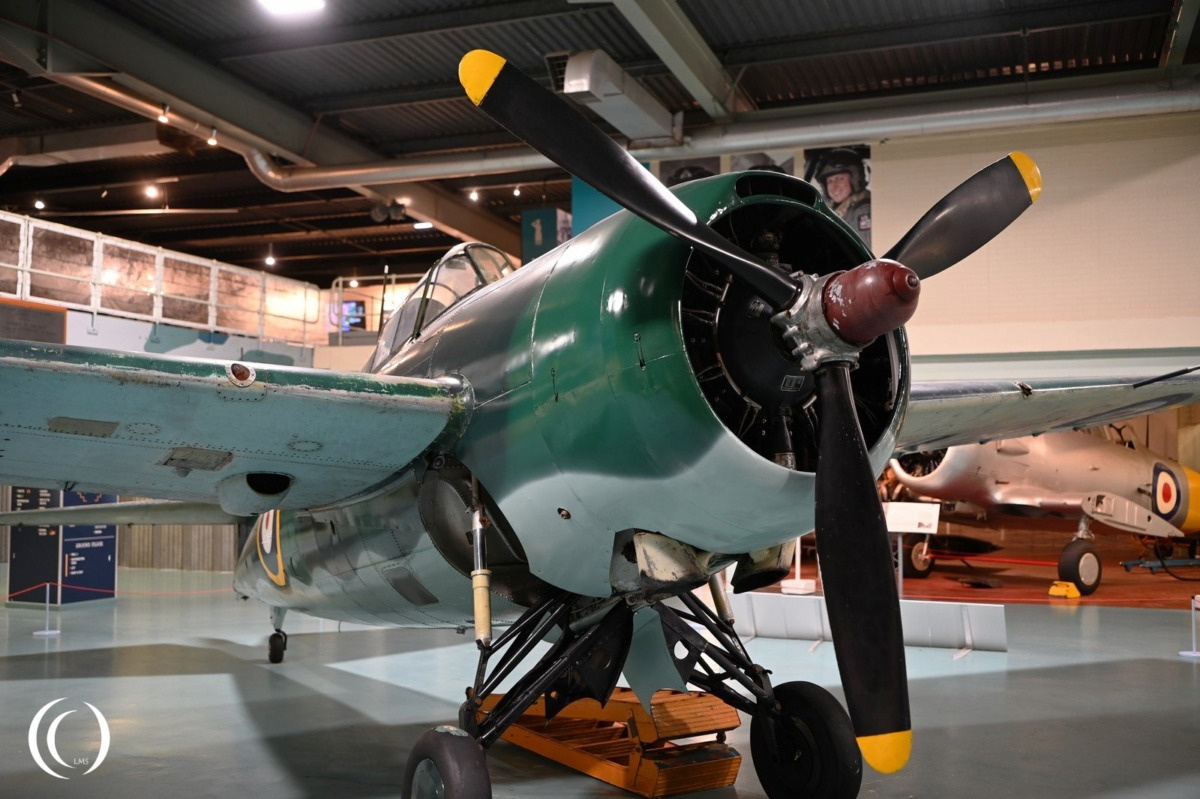
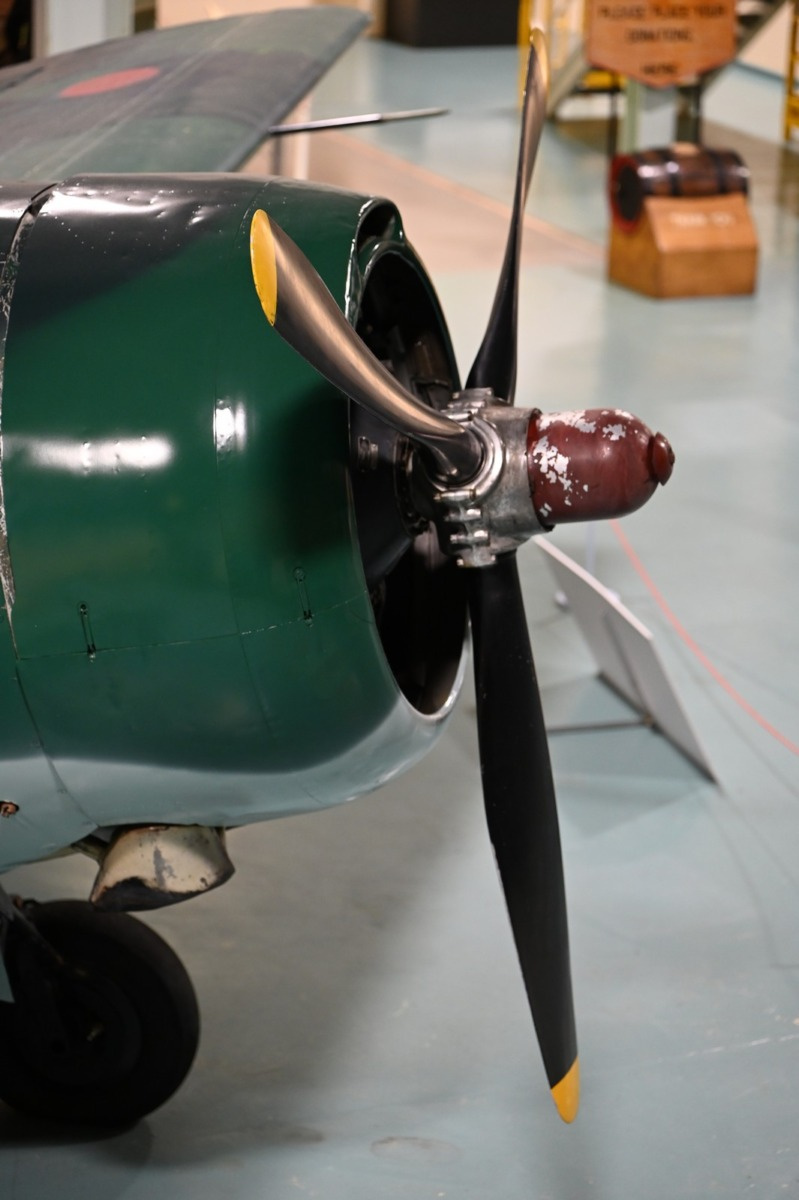
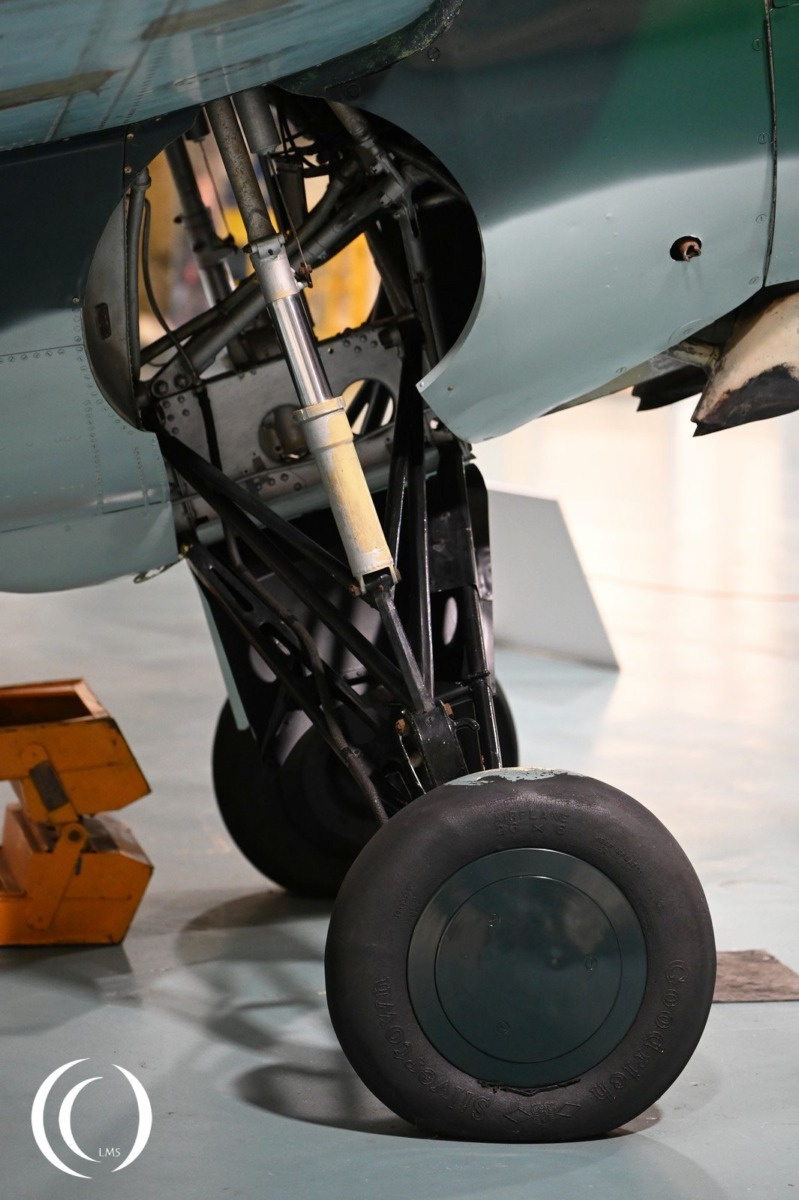
BRITISH Royal Navy Martlet I
The Martlet I in the photos has registration AL246 and construction number c/n 656. The AL246 served primarily in Scotland, being stationed at bases such as Donibristle and Machrihanish. Later in the war, it transitioned to a training role at Loughborough Aeronautical College, and subsequently at Yeovilton’s Air Training School. The aircraft was transferred to the Fleet Air Arm Museum in 1963 or 1964 and remains during a restored exhibit to this day. A major restoration project in 2007 restored its original wartime paint by carefully removing newer paint layers down to the factory-applied finish from 1940.
